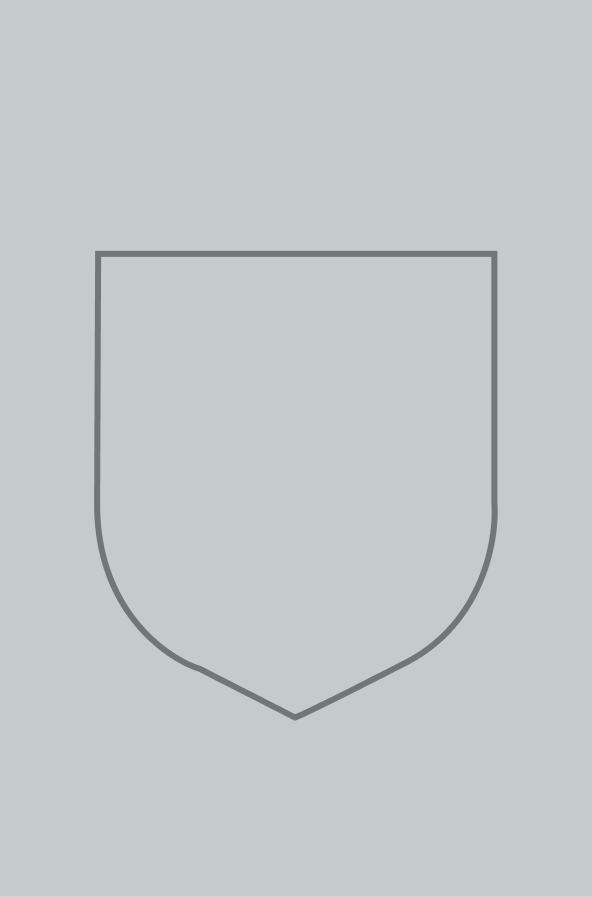Optimal Device Design
Explore the frontier of device engineering by applying optimization to nanoscience and device design. This cutting-edge work shows how robust, manufacturable designs that meet previously unobtainable system specifications can be created using a combination of modern computer power, adaptive algorithms, and realistic device-physics models. Applying this method to nanoscience is a path to creating new devices with new functionality, and it could be the key design element in making nanoscience a practical technology. Basic introductory examples along with MATLAB code are included, through to more formal and sophisticated approaches, and specific applications and designs are examined. Essential reading for researchers and engineers in electronic devices, nanoscience, materials science, applied mathematics, and applied physics.
- Describes a vibrant and exciting new direction in device design
- Covers specific approaches and designs
- Shows how to optimize device design by combining applied mathematics, smart computation, physical modeling, and 21st century engineering and fabrication tools
Product details
June 2010Adobe eBook Reader
9780511687709
0 pages
0kg
120 b/w illus.
This ISBN is for an eBook version which is distributed on our behalf by a third party.



